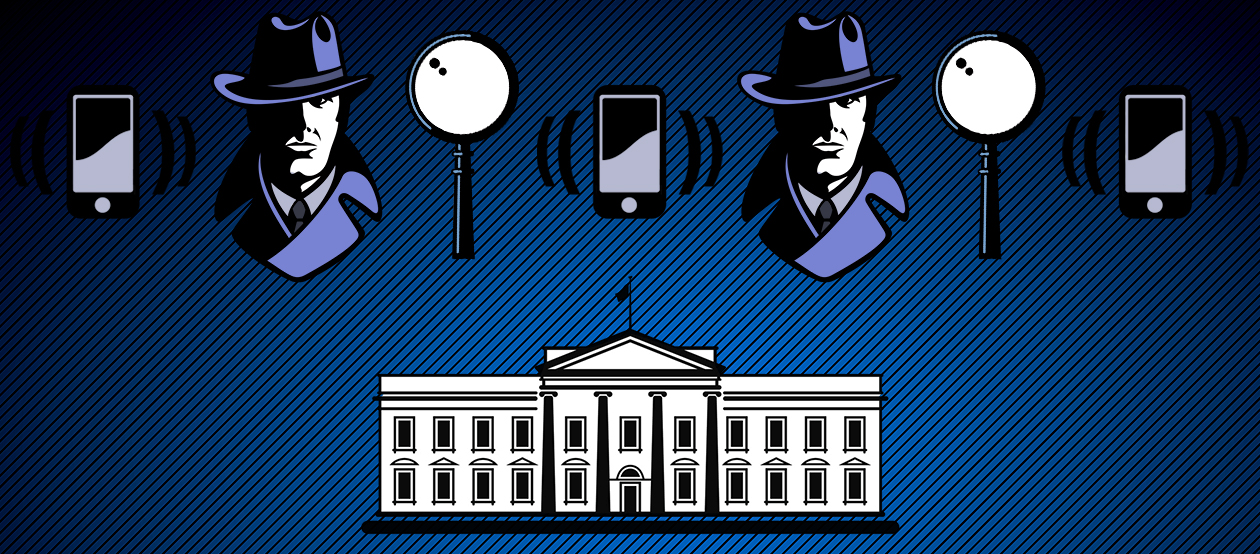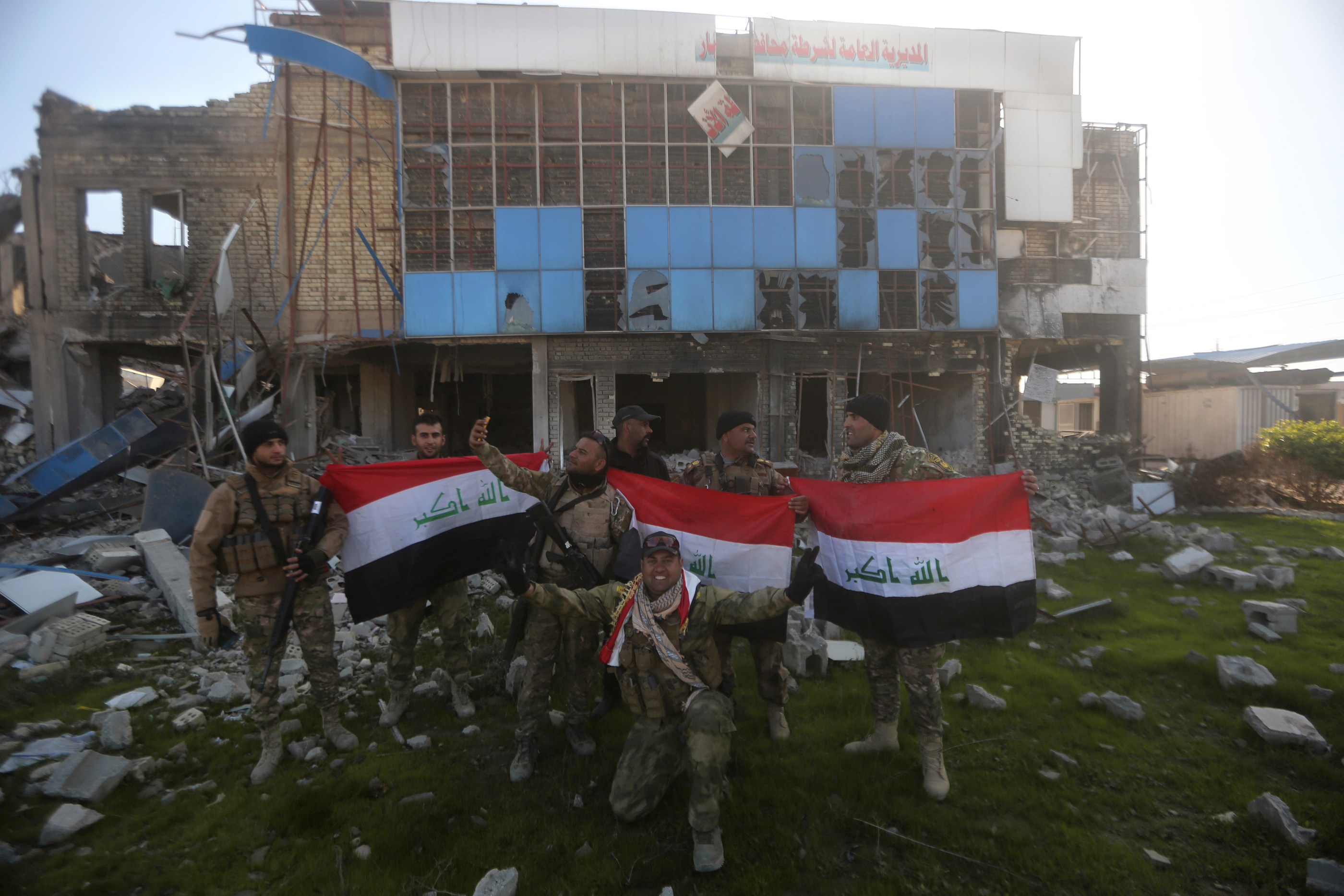Key documents of the Iraq war


Ten years ago, the American empiric misadventure in Iraq began. The National Security Archive at George Washington University has compiled the key intelligence and military documents that (mis)led the country's political leadership to war. Human beings brought to the process willful blindness, deliberate lies to obscure a strategic goal, and sincere convictions. They used PowerPoints and memos with codewords to reassure each other that their decisions were correct.
In late November of 2001, Secretary of Defense Donald Rumsfeld visited the headquarters of U.S. Central Command to see the progress made on revising OPLAN 1003-98, which was the DoD's regime change operational plan for Iraq. "98" refers to 1998, when it had last been reviewed and finalized. A Rumsfeld memo includes three potential avenues to war; it would be triggered by the discovery of WMD, by Iraq's suddenly proven connections to al Qaeda, or a sudden invasion of Kurds.
Then, on July 23, 2002, notes from a meeting with the prime minister of the U.K., defense secretary, chief of the defense staff, head of MI-6 and others, where the planning for war was much advanced and that "intelligence and facts were being fixed around the policy." (What John Scarlett, the SIS head who uttered these words, actually meant, has been debated. He says it meant that Washington was narrow-minded and suffered from a sort of confirmation bias, not that deliberate falsehoods were being created.)
The Week
Escape your echo chamber. Get the facts behind the news, plus analysis from multiple perspectives.

Sign up for The Week's Free Newsletters
From our morning news briefing to a weekly Good News Newsletter, get the best of The Week delivered directly to your inbox.
From our morning news briefing to a weekly Good News Newsletter, get the best of The Week delivered directly to your inbox.
The intelligence community was not unanimous that Iraq had reconstituted a WMD program or that the evidence for such a reconstitution was mounting. The State Department's Bureau of Intelligence and Research dissented in two fundamental ways in a 2002 National Intelligence Estimate. INR noted that special tools that could help create nuclear weapon components were indeed being produced, but that they had been produced well before Iraq was thought to have started its program and that the tools "clearly" were intended for other, conventional uses. The NIE also contains a "report" that Iraq sought uranium from African sources -- later proven untrue and the source of the Valerie Plame outing.
Here, a planning document suggests that a maximum of 5,000 U.S. troops would be on the ground a few years after the invasion.
Finally, the list of "horribles" that Rumsfeld drew up in an October of 2002 listing what could go wrong. His last sentence: "It is possible of course to prepare an illustrative list of all the potential problems that need to be considered if there is no regime change in Iraq."
A free daily email with the biggest news stories of the day – and the best features from TheWeek.com
Marc Ambinder is TheWeek.com's editor-at-large. He is the author, with D.B. Grady, of The Command and Deep State: Inside the Government Secrecy Industry. Marc is also a contributing editor for The Atlantic and GQ. Formerly, he served as White House correspondent for National Journal, chief political consultant for CBS News, and politics editor at The Atlantic. Marc is a 2001 graduate of Harvard. He is married to Michael Park, a corporate strategy consultant, and lives in Los Angeles.
-
 Pipe bombs: The end of a conspiracy theory?
Pipe bombs: The end of a conspiracy theory?Feature Despite Bongino and Bondi’s attempt at truth-telling, the MAGAverse is still convinced the Deep State is responsible
-
 The robot revolution
The robot revolutionFeature Advances in tech and AI are producing android machine workers. What will that mean for humans?
-
 Health: Will Kennedy dismantle U.S. immunization policy?
Health: Will Kennedy dismantle U.S. immunization policy?Feature ‘America’s vaccine playbook is being rewritten by people who don’t believe in them’
-
 The recycling crisis
The recycling crisisThe Explainer Much of the stuff Americans think they are "recycling" now ends up in landfills and incinerators. Why?
-
 The L.A. teachers strike, explained
The L.A. teachers strike, explainedThe Explainer Everything you need to know about the education crisis roiling the Los Angeles Unified School District
-
 The NSA knew about cellphone surveillance around the White House 6 years ago
The NSA knew about cellphone surveillance around the White House 6 years agoThe Explainer Here's what they did about it
-
 America's homelessness crisis
America's homelessness crisisThe Explainer The number of homeless people in the U.S. is rising for the first time in years. What’s behind the increase?
-
 The truth about America's illegal immigrants
The truth about America's illegal immigrantsThe Explainer America's illegal immigration controversy, explained
-
 Chicago in crisis
Chicago in crisisThe Explainer The "City of the Big Shoulders" is buckling under the weight of major racial, political, and economic burdens. Here's everything you need to know.
-
 The bad news about ISIS's defeat in Ramadi
The bad news about ISIS's defeat in RamadiThe Explainer The contours of a broader sectarian war are coming into focus
-
 America can still destroy the world
America can still destroy the worldThe Explainer The decline of U.S. military power has been greatly exaggerated
